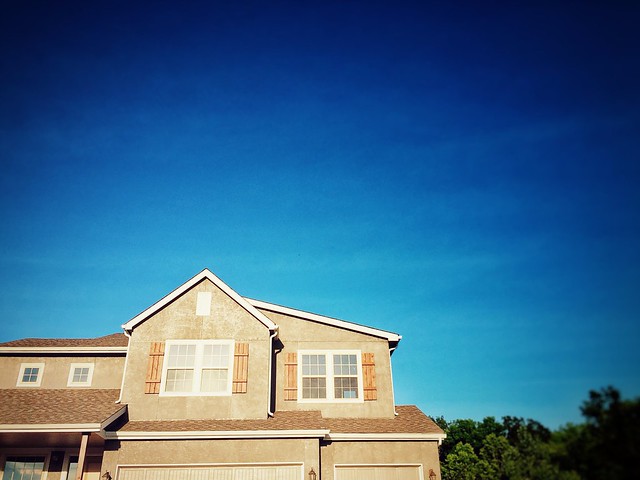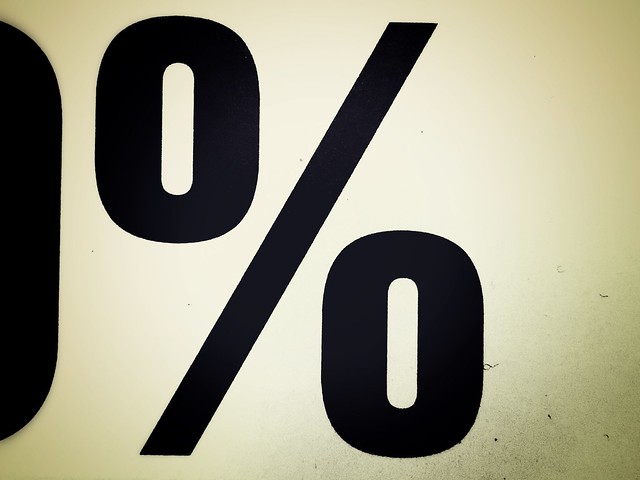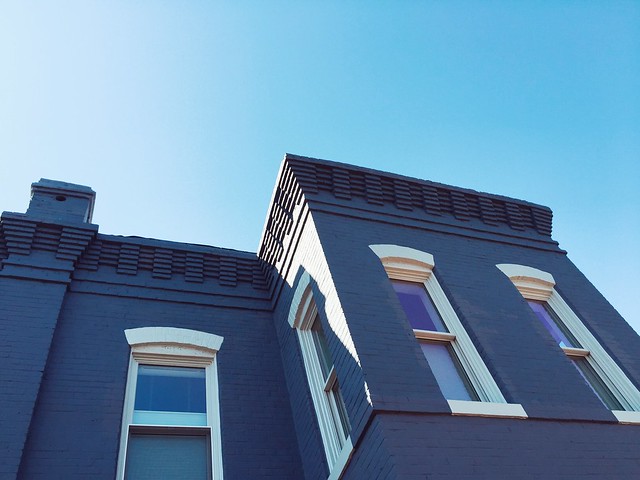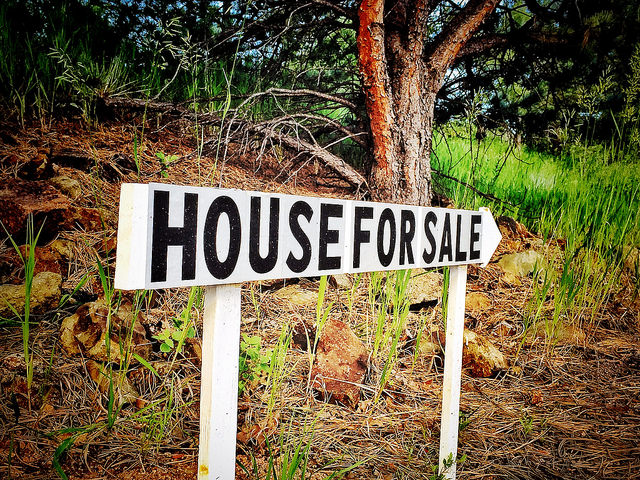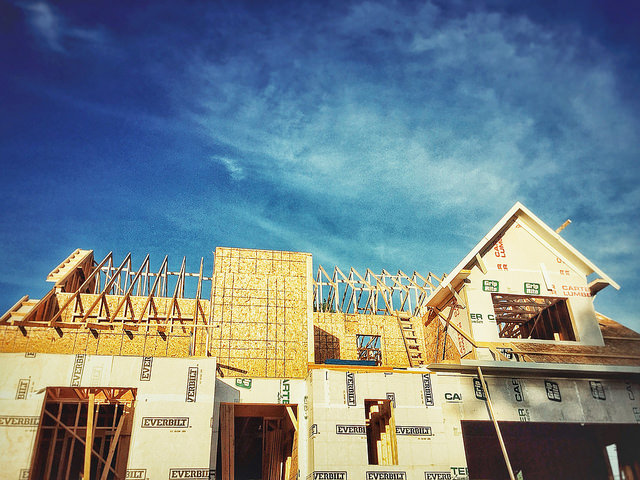According to the Mortgage Bankers Association’s Weekly Applications Survey, demand for mortgage purchase applications rose 12 percent last week from the week before. The increase is a sign that home buyers may be returning to the market, following a steep drop in demand due to the coronavirus. Joel Kan, MBA’s associate vice president of economic and industry forecasting, says it could be the start of a turnaround. “The news in this week’s release is that purchase applications, still recovering from a five-year low, increased 12 percent last week to the strongest level in almost a month,” Kan said. “The ten largest states had increases in purchase activity, which is potentially a sign of the start of an upturn in the pandemic-delayed spring home buying season, as coronavirus lockdown restrictions slowly ease in various markets.” But while the increase is welcome news, demand for purchase loans remains 20 percent lower than last year at the same time. Also in the report, average mortgage rates were mostly down from the week before, with only FHA-backed loans seeing an increase from the previous week. The MBA’s weekly survey has been conducted since 1990 and covers 75 percent of all retail residential mortgage applications.





